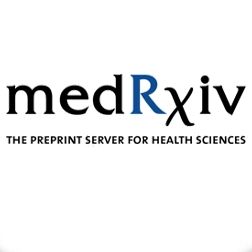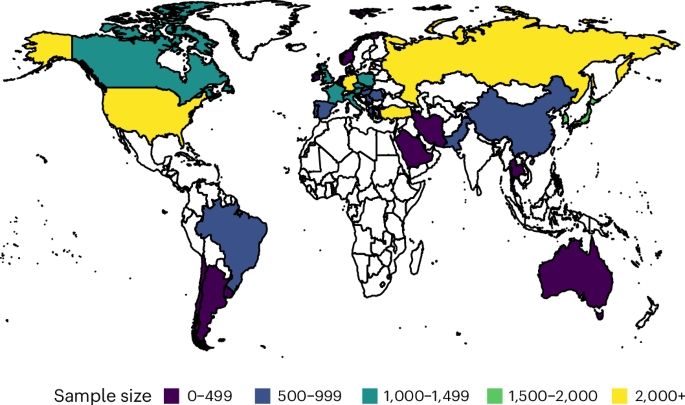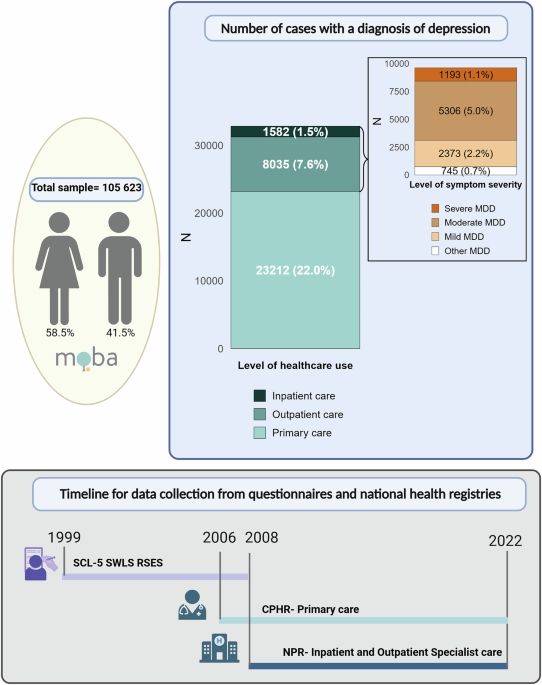Max Korbmacher
@maxkorbmacher.bsky.social
48 followers
43 following
100 posts
Imaging neuroscientist.
Brain (bio)markers, big data, MRI, meta & open/better science. Views are my own.
Posts
Media
Videos
Starter Packs
Reposted by Max Korbmacher
Reposted by Max Korbmacher
Reposted by Max Korbmacher













